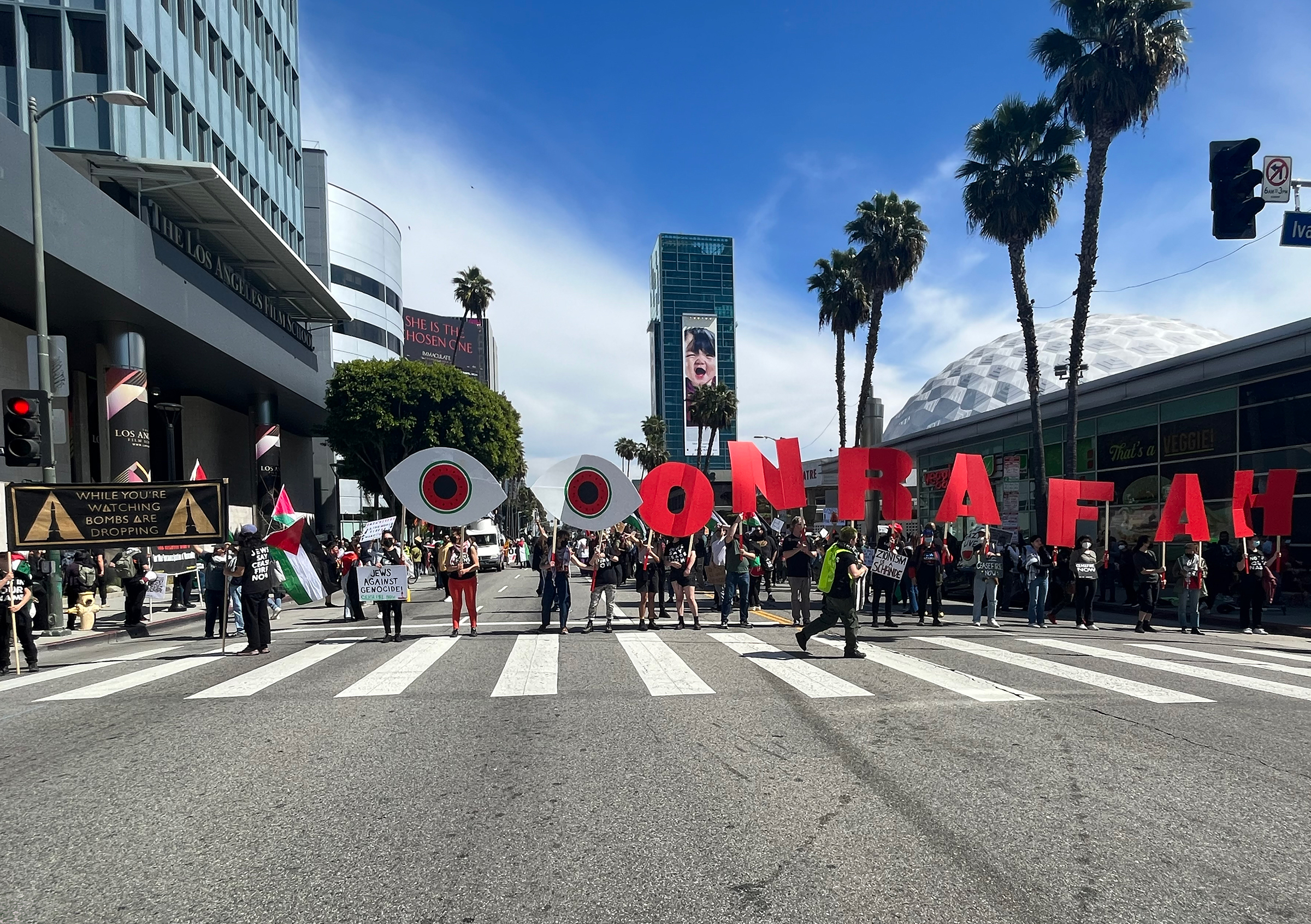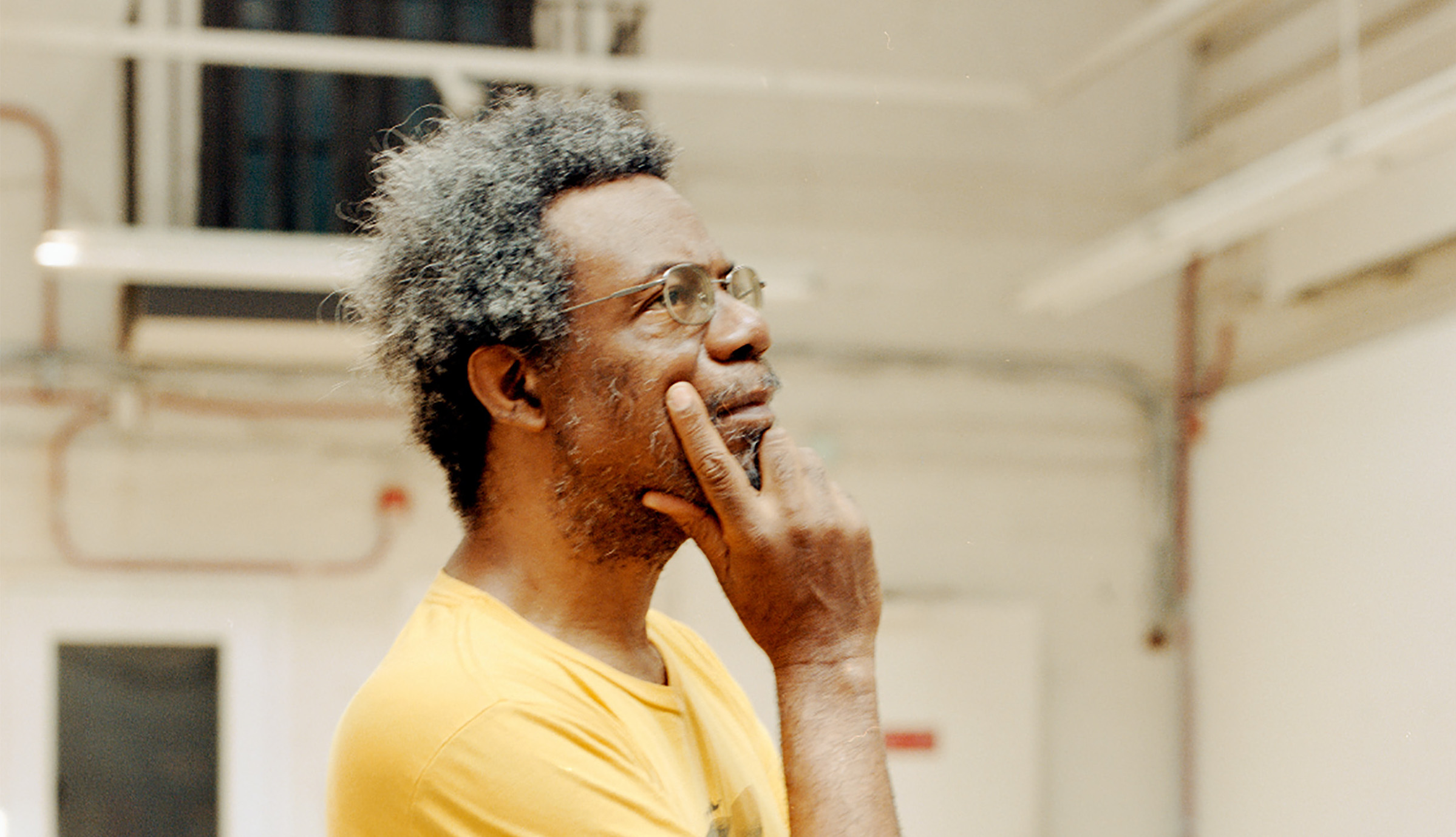During the month of April, millions of Ambedkarites and caste-abolition allies celebrate Dalit History Month. Launched in 2015 by a collective of Dalit feminists, including Thenmozhi Soundararajan and Christina Dhanaraj, Dalit History Month is a participatory community history project inspired by Black History Month. It began as a grassroots-led effort, originating in US-based political and community organizations, and has now spawned a global movement that encompasses story-telling, discussions, and artwork — largely powered by social media.
Caste is an ancient system of oppressive social hierarchy that divides society into four varnas or categories. Dalit and Adivasi people are excluded from the ranking entirely. It affects over one billion people today. Ambedkarite is an alternative term to Dalit, meaning one who follows the philosophy of beloved Dr. B.R. Ambedkar (1891–1956), an anti-caste emancipatory leader, revolutionary, theorist, philosopher, human-rights advocate, and architect of the Indian Constitution.

Dalit History Month is celebrated in April because it’s the birth month of major Dalit icons such as Dr. B. R. Ambedkar, affectionately dubbed Babasaheb by many, and Jyotirao Phule, a 19th-century anti-caste reformer, social activist, and literary leader. While celebrations of these auspicious days predated the official advent of Dalit History Month, Dhanaraj told Hyperallergic, “What this project did was mainstream the month, make it more public, and more celebratory. We’re not just talking about victimhood, we’re also taking time to celebrate the community’s resilience and resistance.”
The advent of social media has lent itself to a growing global Ambedkarite community and, one hopes, increased awareness of anti-caste movements.
“If it wasn’t for social media, I would not be where I am today,” shared Shrujantha Shridhar, artist, illustrator, and co-founder of the multimedia digital project Dalit Panther Archive. “I don’t have any of the resources, connections, and contacts that come from caste-privileged networks. It is a medium to galvanize, create culture for the Ambedkarite movement, and establish representation.”

Off the back of social media, the month has taken on a life of its own, especially in the hands of artists like Shridhar, Big Fat Bao, Siddhesh Gautam, Osheen Siva, and Rahee Punyashloka. While Dalit History Month has come a long way, with Washington becoming the first state to officially celebrate it and California’s Senate currently pending SB 403, a bill to ban caste-based discrimination, the US has a long way to go in terms of allying with caste abolition movements. This becomes even more pressing given the rise of fanatic pan-nationalism and sweeping ethnoreligious edicts across the Bharatiya Janata Party (BJP) state governments that have culminated in countless atrocities.
The contemporary socially engaged artist carries the burden of historical consciousness. Is it their responsibility to educate the masses?

Big Fat Bao, a caste-abolitionist, illustrator, and researcher based in Mumbai, India, and I discussed her April 13 Instagram post, a kaleidoscopic digital mosaic celebrating Bhim Jayanti, Babasaheb’s birthday. It garnered one of the strongest social media responses she has experienced. We wondered how many people may be reading the name Babasaheb and encountering his imagery for the first time.
However, increased visibility for Dalit-Ambedkarite activists and artists on social media comes at a cost. As Bao’s network and reach grows, so does her exposure to internet-based harassment, discrimination, and oppression which she handles with grace.

In 2018, Thenmozhi Soundararajan, one of the first openly Dalit women on Twitter and originator of the viral hashtag #DalitWomenFight, and six women journalists met with Twitter CEO Jack Dorsey in India to discuss the vitriol they were facing on the platform. At the end of the meeting, they gifted Dorsey a digitally illustrated poster designed by Soundararajan, snapped a group photo, and posted it to social media. The poster depicted a woman against a blue background holding up a sign that read “Smash Brahmanical Patriarchy.”
The post went viral and Twitter unraveled with (mostly) caste-privileged people, also known as savarnas, accusing Twitter of endorsing anti-Hindu sentiment.

“Something as simple as a poster got the entire internet to sit still. Because for one day, Twitter got the feeling of what it was like to be a Dalit woman,” said Soundararajan.
The poster was designed by a collaborative team at Equality Labs, “a Dalit civil rights organization dedicated to ending caste apartheid, gender-based violence, Islamophobia, white supremacy, and religious intolerance.” Equality Labs regularly collaborates with and amplifies Dalit-Bahujan artists.
It has been five years since the Twitter incident, but the hate-mongering continues, especially for activists on the political frontlines who endure targeted and organized cyber-attacks. In an April 11 statement released by PEN America, the organization condemned the relentless online abuse campaign waged against Soundararajan, her colleagues, and allies.
The Dalit Panther Party Archive

Founded by poets and writers Namdeo Dhasal, Raja Dhale, J. V. Pawar, and Arun Kamble, the Dalit Panther Party (DPP) (1972–1977) was inspired by the Black Panther Party. The Dalit Panthers Manifesto classified “American imperialism” in the same category as “Hindu feudalism.” The Party rallied at atrocity sites, organized marches, boycotted elections, and propositioned direct militant action against their dominant-caste aggressors — direct cues from the Black Panther Party.
Though the group fractured and eventually disbanded due to dissenting ideologies, their legacy lives on in part due to the work of the Dalit Panther Archive.

Established in 2018 by Shridhar, the Dalit Panther Archive is a multi-media digital space that “examines and evaluates the aesthetic qualities and design choices of various Little Magazines associated with the Dalit Panthers movement,” as Tanya George reported in Fontstand News. The Instagram archive allows artists to study and rearticulate the male-led movement, ushering it into an increasingly feminist domain.
In 2017, Shridhar began the tedious and meticulous work of visiting the personal collections of Satish Kalsekar, Ramesh Shinde, and J. V. Pawar. She listened to their stories and carefully photographed, scanned, and translated the delicate materials, which included book covers, magazines, posters, and photographs.
“It changed me as an artist,” Shridhar told Hyperallergic. “It taught me how I must view myself as an anti-cate Ambedkarite Dalit feminist artist today. Where do I see myself? How do I locate myself in the history of the world? What is my role? It’s not just about present politics and reacting to those politics. If it can do that for me, what can it do for others?”

Rahee Punyashloka, an Ambedkarite multi-disciplinary artist, agrees: “Had it not been for Shrujana’s digitizations, I would not have known about this whole artistic register. These are artists who have created iconography that we can build on.”
Punyashloka’s recent body of work, Ambedkarite Blues, is a series of abstract digital illustrations and text-based graphics that reimagines historical literary texts and celebrates contemporary and historical figures with an emphasis on feminist leaders. He revives history by giving it a new breath through a distinct blue-and-white visual conceptual strand.

The blue is an homage to Babasaheb who loved the color, associating it with the vastness and freedom of clear skies. It became the color of the flag flown by the Ambedkar Scheduled Castes Federation in 1942, as well as subsequent Ambedkarite-led organizations.
The Dalit Panther Archive also allows researchers and artists to analyze the design decisions of the booklets and texts. The DPP’s approach to design was largely self-taught, evident in their disregard for formal design rules. The Party struggled to access printing resources, adapting their designs to fit the size of recycled paper, traveling up to six hours to Alibag to make copies via cyclostyling, and using minimal color to minimize costs.
In her recent article for The Futuress, Big Fat Bao breaks down how the Indian design industry is historically caste-based, exclusionary, and Eurocentric, traced to the long-standing vocational hierarchy codified in the four-tiered caste system that places Brahmins (priests and teachers) at the top, Shudras (laborers, craftspersons, and artisans) at the bottom, and Dalit people outside of the ranking entirely.
Dalits were long forced to work in “impure” and labor-intensive occupations, including manual scavenging, dying fabric, and weaving. The latter are considered folk crafts and outside of fine arts. A historical denial of access to education exacerbates the gap between technology access and social mobility. All of the artists I spoke with for this article shared their endurance and valid frustration in navigating hegemonic academic spaces, accessing artistic resources, and apprehension in owning the identity of “artist” versus “designer.”
“Celebration comes from deep-seated apprehension about the world beyond us. If we don’t celebrate with each other, perhaps no one else will,” shared Punyashloka.
Despite these challenges, it is the resilience charged by millennia of resistance that impresses me and the generosity of spirit that humbles me.
These people are just a few out of thousands of artists, activists, thinkers, and leaders who are standing on the shoulders of anti-caste revolutionary leaders. Now is the time for caste-privileged folks within and outside of the South Asian diaspora to examine their own caste locations as they amplify and celebrate anti-caste movements and leaders.
Jai Bhim!



